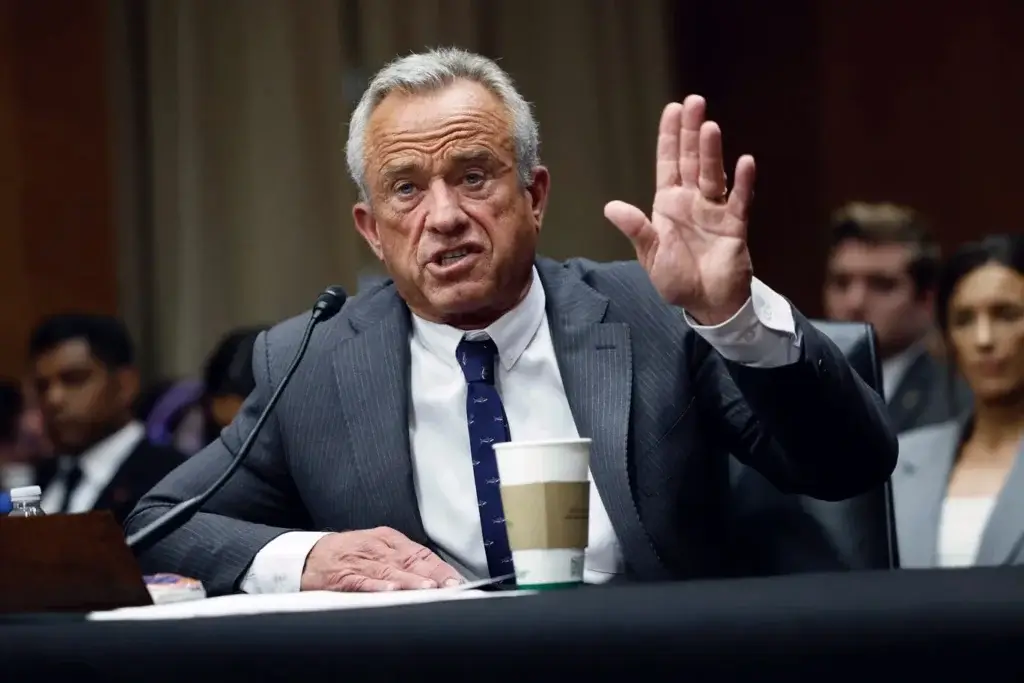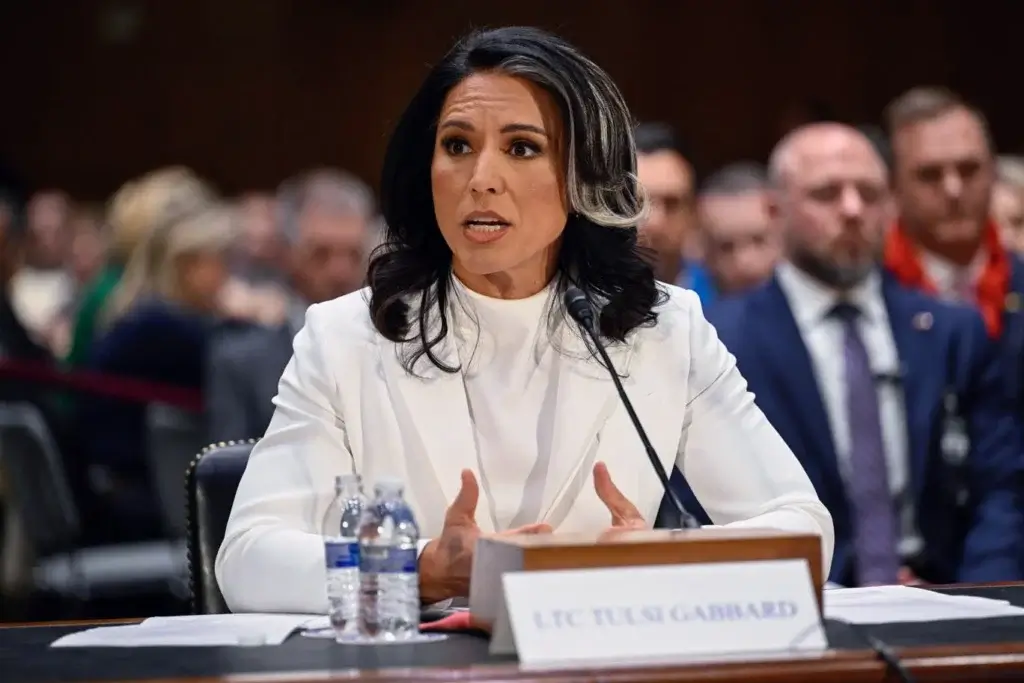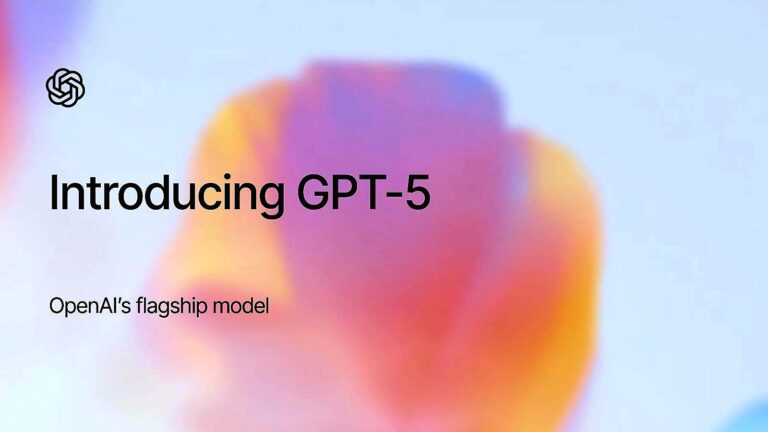Former Democratic lawmaker and 2020 presidential candidate Tulsi Gabbard whistleblower has once again stirred controversy by shedding light on a whistleblower’s alleged attempt to expose fabricated intelligence evidence involving former CIA Director John Brennan.
According to Tulsi Gabbard whistleblower, an intelligence community whistleblower had approached a US senator with evidence that Brennan was “fabricating evidence” – but his words fell on deaf ears. Ironically, that senator is now reportedly one of the most vocal voices attacking him: Senator Mark Warner, chairman of the Senate Intelligence Committee.
Gabbard’s claims raise a serious question — why would a senator with responsibility for intelligence oversight ignore such serious allegations? And why is that same senator now publicly attacking Gabbard?
Though Brennan has long been accused by critics of politicizing intelligence during the Trump administration, this new disclosure, if true, signals a more deliberate internal effort to suppress dissenting views.

Gabbard has positioned herself as an outsider who challenges Washington’s bipartisan consensus on military and intelligence issues, which may draw opposition from establishment figures.
Senator Warner has not directly responded to Gabbard’s allegations, but his history as a staunch supporter of the intelligence community adds weight to the controversy.
Critics argue that intelligence whistleblowers are often marginalized when their claims challenge dominant narratives or implicate top officials.The situation reflects growing public distrust in intelligence institutions and highlights the danger whistleblowers face when they come forward.
Tulsi Gabbard Whistleblower outspokenness may be divisive, but it also reopens conversations about transparency, accountability, and whether a few “untouchables” in government have too much unchecked power.
As this story progresses, both the reliability of the whistleblower’s testimony and the motivations of political actors like Senator Warner will be crucial to understanding the full picture.



